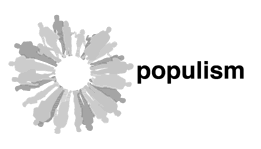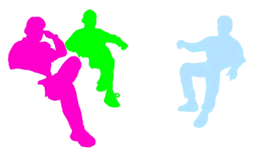Tobias Zielony
Many cities in the UK have introduced curfews for children under ten and previously convicted youngsters under sixteen, sometimes even entire parts of a city are subjected to curfew. Since 2003 there is a law in France stating that the standing around of several persons by entrances to larger blocks of flats can be punished. In works such as Curfew (Bristol 2001) and Quartiers Nord (Marseilles 2003) Tobias Zielony is concerned with laws that regularise the presence of young in public space. In the context of a generally shifting policy of ‘inner security’, the young are here no longer perceived as imperilled, but as dangerous subjects. Zielony’s photos of the young standing around and doing nothing are in this respect documents of illegality, even though they initially seem to be portraits of casual social behaviour of juvenile everyday life in suburbia.
Zielony is interested in how the phenomena of standing around and doing nothing are drawn in to political and economical structures. The curfew is an obvious attempt at political production of problems that are delivered with instant ‘solutions’. The everyday hereby becomes political action, but without changing the everyday itself or making its economical background transparent.
Contextualised in suburban architecture, there is conformity in the gestures of the young; in their attempts to participate in society by consuming. Brand-name products like Nike, Puma and Adidas thereby provide a desire that distances itself from the bourgeois tradition. When Zielony stays in a place like Halle-Neustadt, the Quartiers Nord in Marseille or in Bristol-Knowles West and takes photos there over a long period of time, a specific mixture of distanced observation and latent participation develops, which opens one’s view to spaces that can no longer be grasped with concepts such as ‘trouble hotspot’. Rather, in these places, there has been established a social life where forms of pastime that are beyond categories of work and leisure and that are characterised by latent criminality are practiced: joy riding, drug dealing, vandalism.
Zielony’s photography, which ranges from documentation to a closer look at the mechanisms of everyday mise-en-scene, cannot be seen as social research. It deliberately wants to stay on the surface of things, because this is where – in the gestures and the clothing – the infiltration of society and its attempts at regimentation in the name of common sense are mirrored in the most obvious way. That the young could build a vanguard of a new common sense far away from the limitations of bourgeois desires is definitely worth talking about.
By Vanessa Joan Müller, translated by Eva May
"campfire day" (2001) (from the series "Curfew", Bristol/Newport) All images copyright: Tobias Zielony
|









